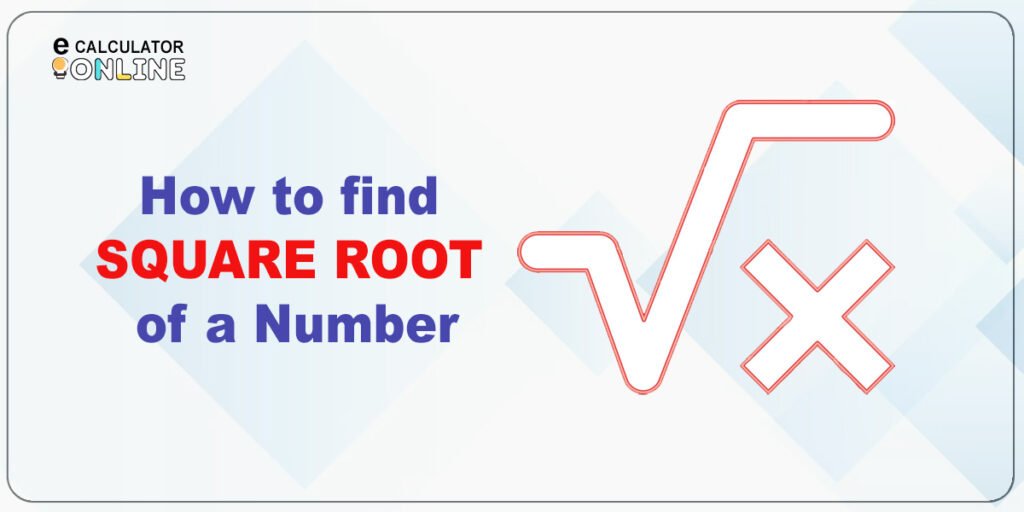How to Find the Square Root of Any Number: A Simple Guide
Home » How to Find the Square Root of Any Number: A Simple Guide

Finding the square root of a number is a fundamental mathematical skill that can be useful in various fields, from engineering to finance. Whether you’re solving a problem or just curious about numbers, here’s a straightforward guide on how to find the square root of any number.
What is a Square Root?
The square root of a number x is a value y such that when multiplied by itself, it equals x. In mathematical terms, if y^2=x, then y is the square root of x. For example, the square root of 9 is 3, because 3×3=9.
Methods to Find Square Roots
- Using a Calculator
The easiest way to find a square root is by using a calculator. Most scientific calculators have a square root function. Simply enter the number and press the square root button. - Estimation and Refinement
If you don’t have a calculator handy, you can estimate the square root:- Find Perfect Squares: Identify the perfect squares closest to the number. For example, if you want to find the square root of 50, you know that 7^2=49 and 8^2=64. So, the square root of 50 is between 7 and 8.
- Refine Your Estimate: You can improve your estimate by averaging the bounds. For example, take the average of 7 and 8: Average=7+8/2=7.5
- Check if 7.5^2 is greater or less than 50 and adjust accordingly until you converge on a more accurate value.
- Prime Factorization
For perfect squares, you can use prime factorization:- Break down the number into its prime factors.
- Pair the factors.
- Multiply one factor from each pair to find the square root.
For example, to find the square root of 36:
- Prime factorization: 36=2^2×3^2
- Pair the factors: (2, 2) and (3, 3)
- The square root is 2×3=6.
- The Long Division Method
This method is a bit more complex but can be effective for manual calculations:- Group the digits in pairs, starting from the decimal point.
- Find the largest number whose square is less than or equal to the first group. This becomes the first digit of your answer.
- Subtract the square of this digit from the first group and bring down the next pair of digits.
- Double the current quotient and find a digit that, when added to the new quotient and multiplied by itself, is less than or equal to the number you have after bringing down the next pair.
- Repeat this process until you reach the desired precision.
Categories
Latest Posts
- The Evolution of GST Calculators: From Manual to Online Tools
- 10 Mistakes to Avoid While Using an EMI Calculator
- Top Benefits of Using an Online EMI Calculator for Financial Planning
- 5 Common Mistakes to Avoid When Using an EMI Calculator
- How to Use an EMI Calculator to Plan Prepayments and Reduce Your Loan Tenure
- The Future of EMI Calculators: AI-Powered Features to Expect in Fintech Tools

